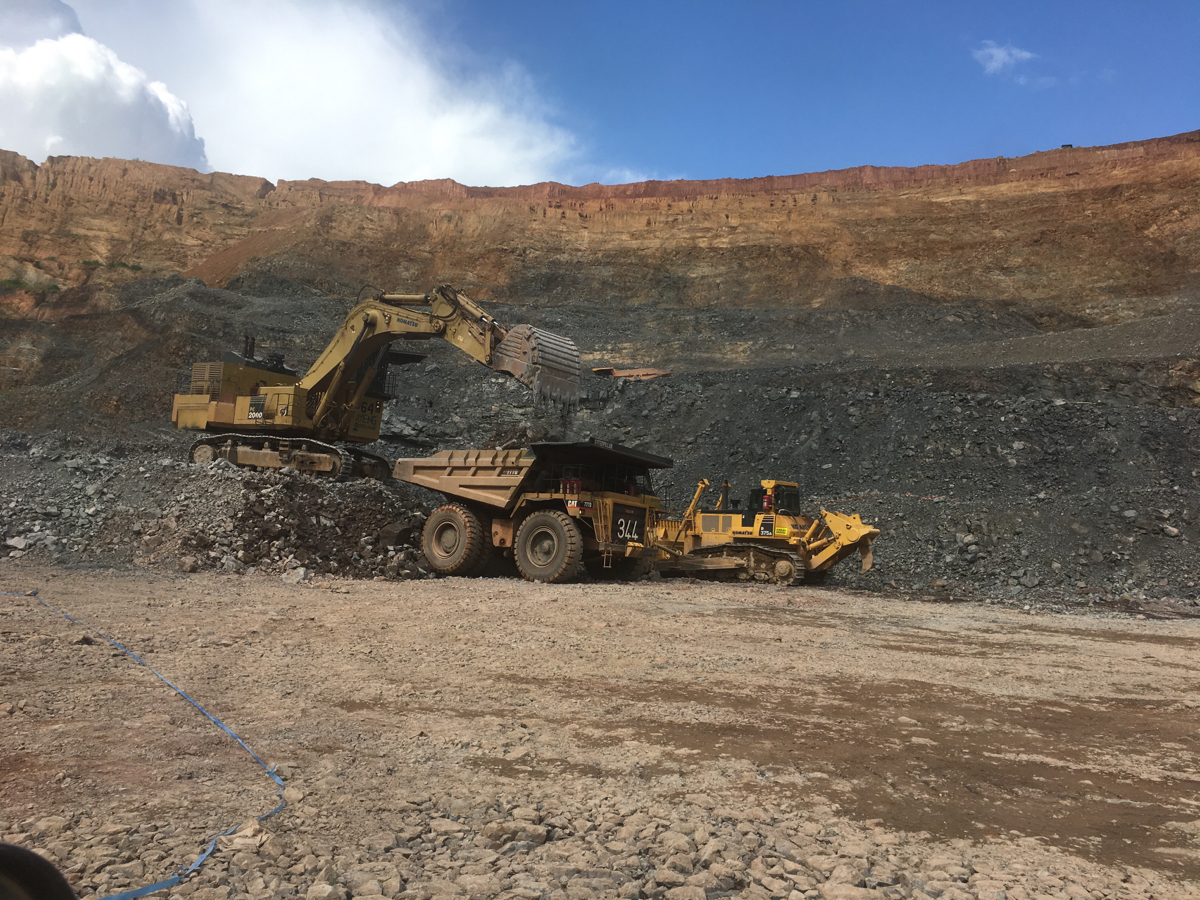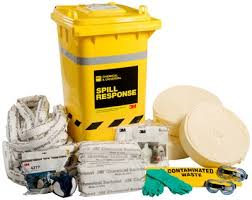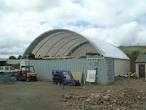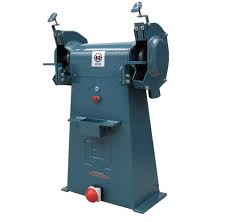Information
-
Document No.
-
Audit Title
-
Client / Site
-
Conducted on
-
Prepared by
-
Location
-
Personnel
Dangerous Ground Conditions
-
1) Is dangerous ground clearly marked, identified and barricaded?
-
2) Is the location of dangerous ground communicated to work force?
-
3) Are unstable faces barricaded?
-
4) Is ROM pad face undercut?
Ramps and Roads
-
5) Are the ramps to design width?
-
6) Are the ramps built to standard gradient?
-
7) Are the windrows on ramps at least half the height of the biggest dump truck tire?
-
8) Are the haul roads in reasonable condition and free of spillages?
-
9) Are there sufficient white posts with reflectors along haul roads?
-
10) Do the roads have a well – maintained running surface?
Dumps
-
11) Are the windrows half the height of the largest truck tire on site?
-
12) Are V drain used as a guide only?
-
13) Are the windrows free from large rocks?
-
14) Are adequate V-drains in place where appropriate?
-
15) Is lighting positioned to show windrow to truck drivers?
-
16) Are dumping areas well illuminated?
-
17) Is the dump face free from any slumping?
-
18) Is the tip head free from any cracks?
Pit
-
19) Are the trucks queuing correctly?
-
20) Are the pit floors at the correct level and is there sufficient evidence of regular level checks?
-
21) Is lighting in the correct position for the crew?
-
22) Are all open faces windrowed off?
-
23) Is the housekeeping in pits kept to the standards?
-
24) Are the E zone cones and written sign boards in place for interface mining?
HME and other Vehicles
-
25) Are machines allowing for the correct distance between them?
-
26) Is machinery parked away from faces and edges?
-
27) Are “Rights of way” observed?
-
28) Are the Equipment parked on specified locations during blasting and meal time and is LV and HME parking areas properly demarcated?
Batters, Berms and Open Edges
-
29) Are batter angles to design?
-
30) Is loose material battered down?
-
31) Is the face free from any overhang?
-
32) Are all open edges protected by windrow / V-drains able to stop the traffic which is using the area from going over the edge?
-
33) Is the face and berms free of large rocks?
Environmental
-
34) Hydrocarbon - Are spill kits available and all hydrocarbon spills reported and attended to?
-
35) Waste-management - Is housekeeping in the pit satisfactory and are all waste segregated in the correct colour-coded skips?
-
36) Air Quality, Noise and Vibration - Is dust sufficiently suppressed in the working area?
General and Overall Safety
-
37) Is the general safety procedures and standards being followed and are the working areas free from major hazards and risks?
-
38) Are all geotechnical hazard clearly identified, marked and communicated to all employees?
Mining Critical Controls
-
39) Explosives - Are charged patterns demarcated and access control maintained?
-
40) Explosives - Are explosive types stored separately in transportation and on floor?
-
41) Voids - Are people observing mining through UG areas procedures and using fall arrest harness whilst working inside void areas?
-
42) Voids - Have all people working in pits classified as void areas tagged and got valid void tags?
-
43) Voids - Are all voids demarcated on dig plans and flagged in field?
-
44) Voids - Are 12hr settling periods observed for blasts in void areas?
-
Add signature












